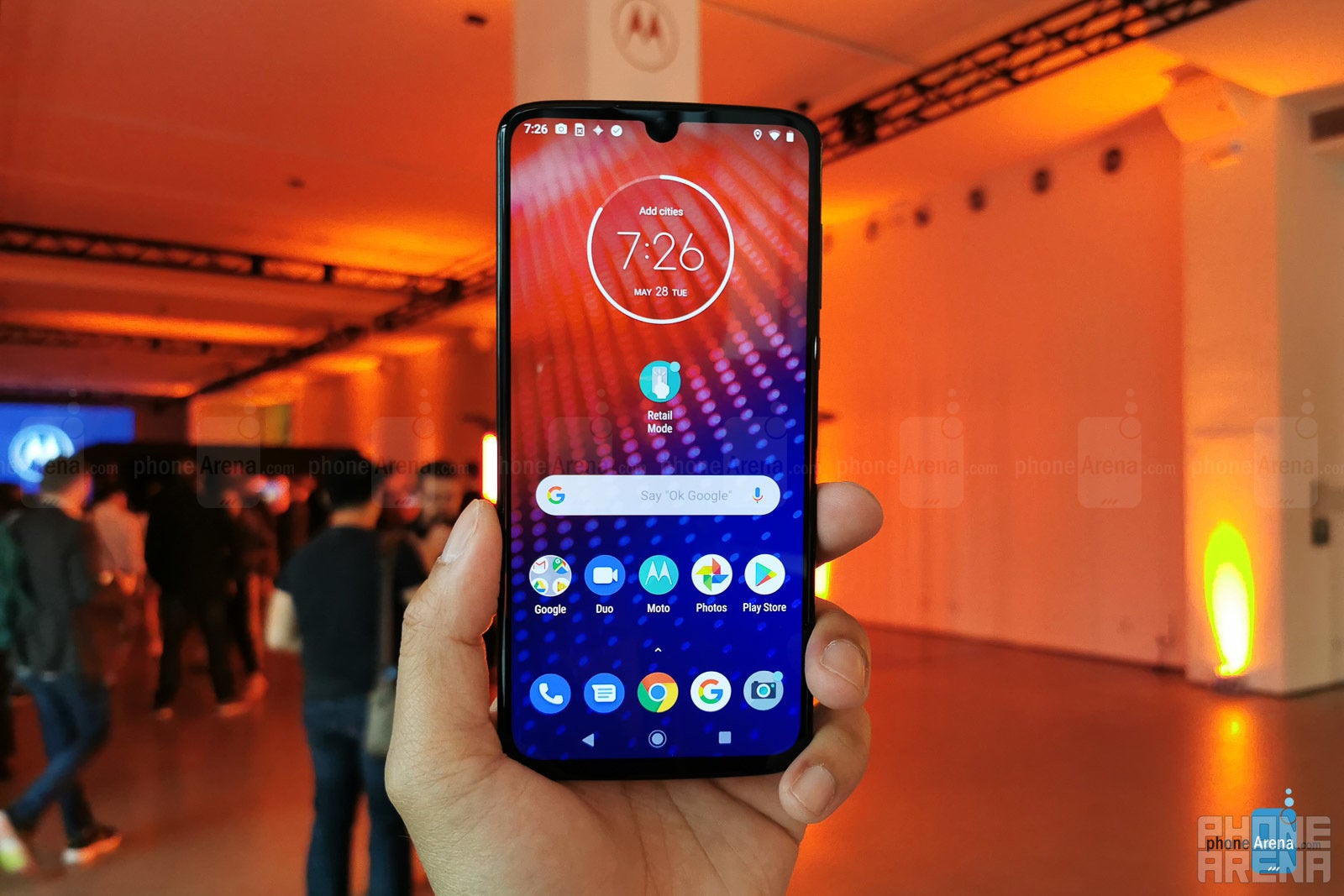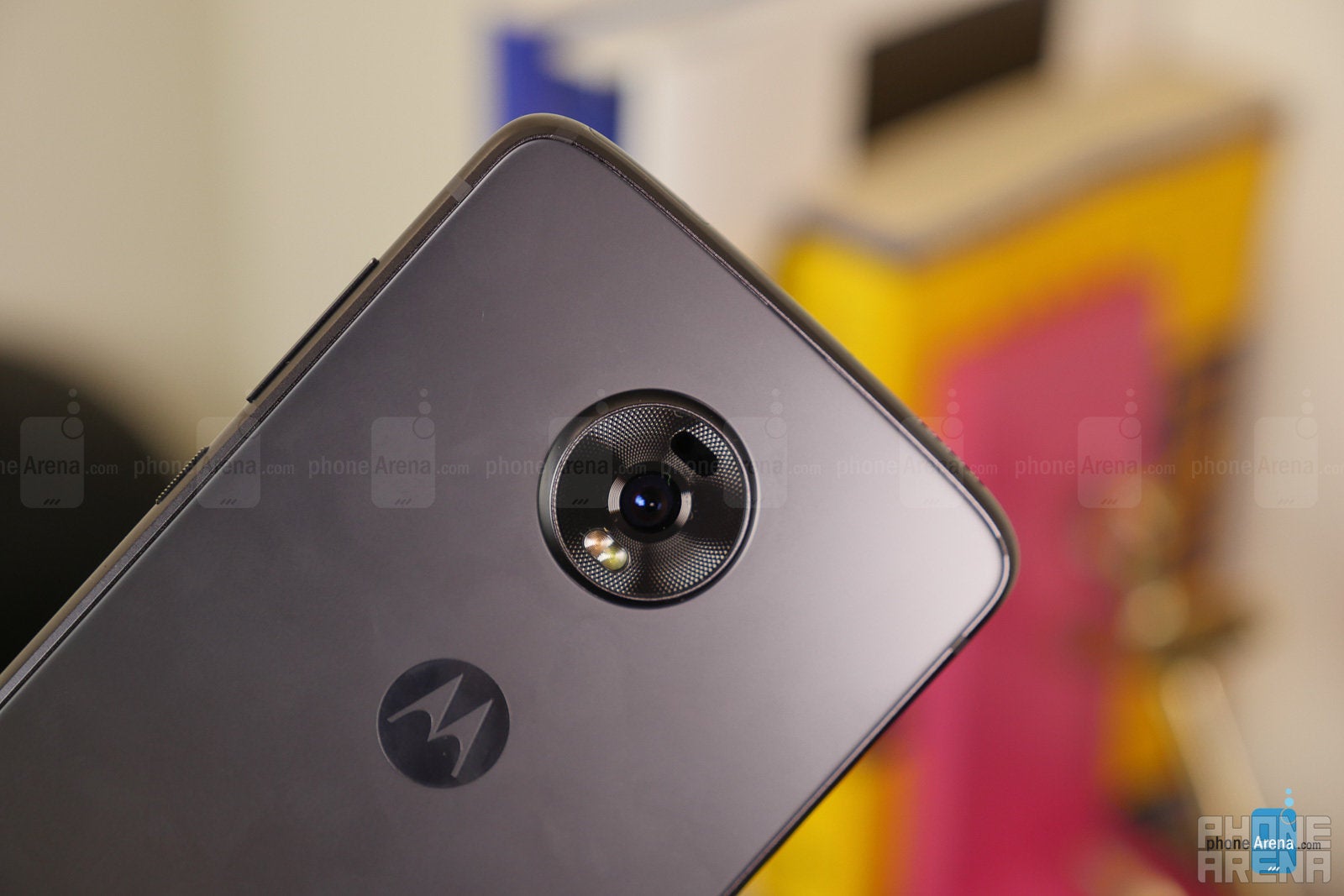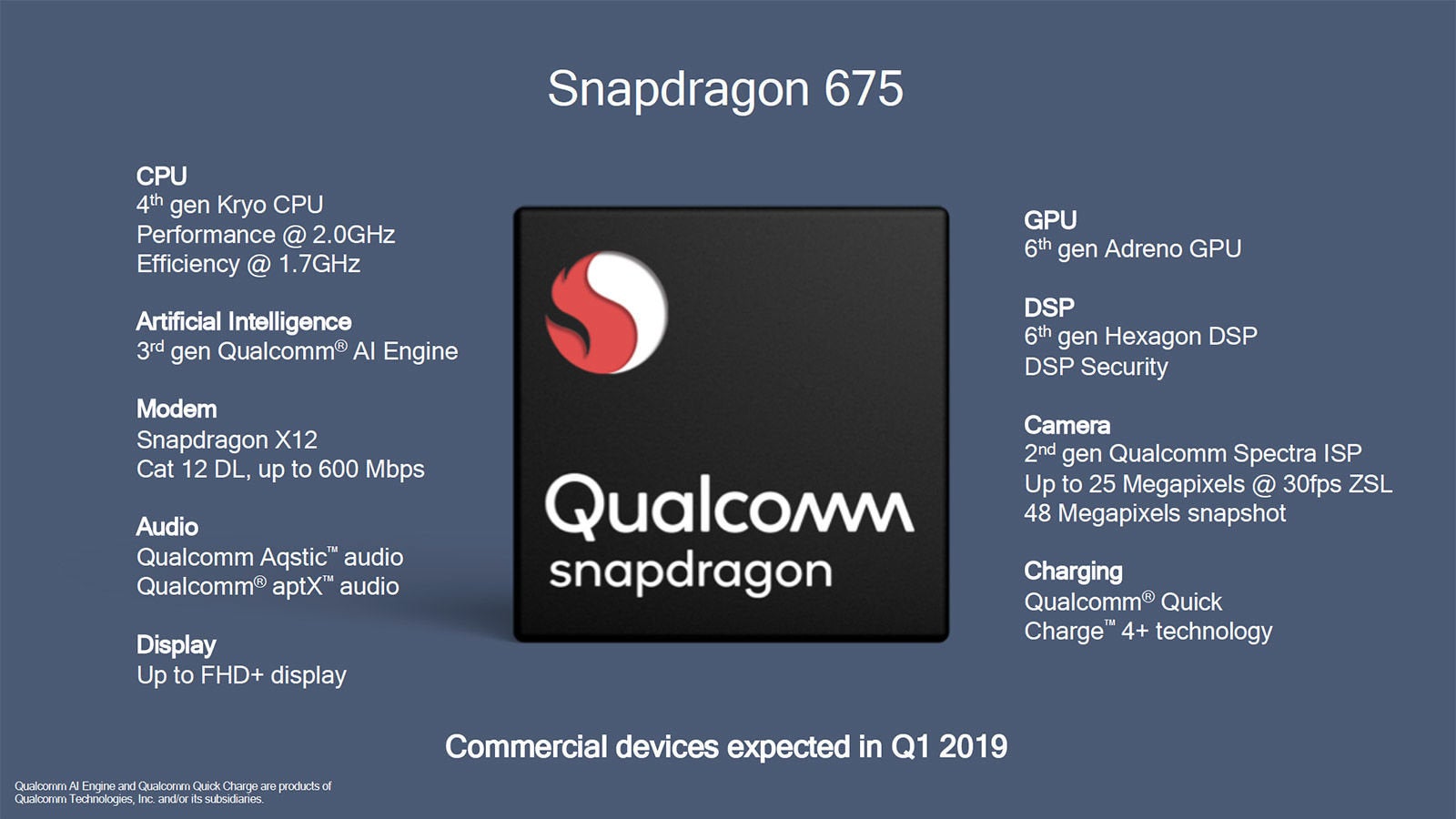Motorola Moto Z4 hands-on: Snapdragon 675 and killer price on Verizon

There was a time when Motorola’s smartphones spurred excitement and anticipation among consumers, who often viewed them as being top contenders in the space. Over the course of the last several years, however, its flagship Moto Z line of smartphones have slowly become a distant memory when compared to the handful of everything else on the market. Just look at how its Moto X smartphones were initially the company’s flagship devices, which was eventually replaced by the Moto Z line. If last year’s move with the Moto Z3 was any indication, Lenovo seems to be shifting the strategy yet again!
Case in point, this year’s offering with the Moto Z4. We all thought it was an odd gesture for last year’s Moto Z3 to stick with the prior year’s Qualcomm Snapdragon 835 chipset – whereas every other flagship at the time was opting to leverage the newer Snapdragon 845. For this year’s so-called flagship, it appears that Lenovo is doing something even more surprising, seeing that the Moto Z4 is utilizing the Snapdragon 675 SoC, placing it in the same crosshairs as the recent Google Pixel 3a. There’s even more evidence of that reality when you finally learn its price point, which isn’t exactly flagship caliber. Knowing all of that, it’s going to be intriguing to see how the Moto Z4 will be perceived by savvy consumers.
Killer price, if you’re a new Verizon customer

We’re smitten over the price, naturally, but adding to the allure is the features that are in tow for this device.
A more appreciable design upgrade

From afar, it looks exactly like its predecessor, but up close and personal tells a different change that’s far more appreciable. For starters, there’s 3.5mm headphone jack on board to offer users the convenience of using their favorite wired headphones. Additionally, the 6.4-inch 1080 x 2340 OLED display around the front follows the trendy all-screen look with minimal bezels around it. It doesn’t look like it’s trying to differentiate itself from the pack in this area, opting to simply go with a small ‘micro-notch’ that tucks away the handset’s front-facing camera. Looking closer, and you’ll also notice that it packs on an in-screen fingerprint sensor! Factoring its price and all, this addition is definitely a surprise – but nothing terribly special among flagships at this point.
Reputable cameras

The magic of AI still grants the Moto Z4 all the shooting modes we see in dual-camera packing smartphones, like portrait effects that blur out backgrounds and keep faces clear and in focus, spot coloring, and cinemagraphs. And to compete against some of the more noteworthy camera phones of late, it even features its own ‘Night Vision’ mode that brightens up photos under low light situations. We did briefly check this out at Lenovo’s announcement event, and just like all other night modes, it does take just a little bit more time to capture the shot. On the phone’s display, the photos look good, but only a side-by-side comparison against another phone will indicate its performance. Lenovo isn’t wrong to go with a single camera for its so-called flagship, but we’re now expecting performance that could more or less match that of the Pixel 3a.
A flagship running a Snapdragon 675

And honestly, we’re not going to be too critical because in our short time checking it out, the phone manages to deliver responsive actions. Coupled with 4GB of RAM, too, the Moto Z4 moves swiftly navigating around the interface, which is a mostly stock Android 9 Pie experience with some of the typical Moto experiences we’ve come to appreciate through the years. They include things like Moto Display that breathes usual information on-screen while the phone isn’t being used, or all the Moto Actions that allow us to quickly launch the camera or turn on the flash by twisting and moving the phone in a chopping motion.
It’s really interesting that the Moto Z4 isn’t leveraging a real flagship caliber chipset, but we suppose that Lenovo’s intention is clear – broader appeal with consumers!
Target set on the Pixel 3a
Factoring in everything that Lenovo has with this year’s Moto Z4, there’s no hiding the fact that it’s going to compete against the Pixel 3a. If you’re not a new Verizon subscriber, you’re still going to shell out $500 to pick it up – albeit, it’ll come bundled with the Moto 360 Moto Mod when it goes on sale starting June 6th. At that price point, it makes for a tougher sell, even though it’s packed with a few extra goodies that you won’t find in the Pixel 3a series. We’re talking about an in-screen fingerprint sensor, splash resistant construction, an all-screen front, expandable storage, 5G upgradeability, and all of those Moto Mods that the phone has access to.
If the starting price were a bit lower, it no doubt would turn more heads, but that’s reserved for those new Verizon customers who can get the Moto Z4 at the discount price of $240. That’s an incredible value given that it’s cheaper than the Pixel 3a and 3a XL! But ultimately, it’ll need to perform similarly to what the Pixel 3a smartphones have shown us already. It’ll be only a matter of time before we know exactly how it stacks up, so keep an eye out on our review very soon!













Things that are NOT allowed: